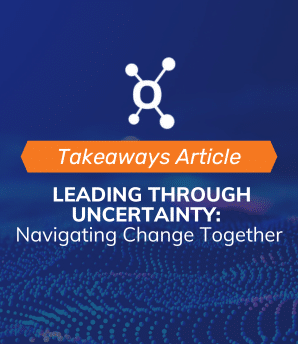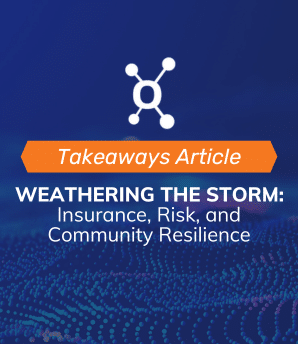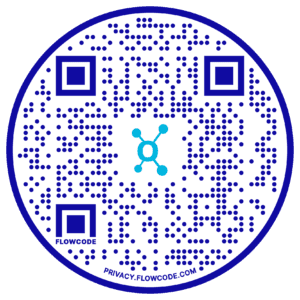Takeaways:
- Diverse career experiences can bring immense value to any organization, especially in Tribal relations.
- Understanding the legal and cultural foundations of Tribal sovereignty is crucial when working with Tribal Nations.
- Effective communication in Tribal Government Relations requires a balance of education, respect, and sensitivity to the unique nature of each Nation.
In this interview, I had the pleasure of speaking with Gem Shandiin Labarta, Senior Communication Specialist at USAC. Throughout her career, Gem has worked extensively with Tribal communities, both locally and nationally. From her beginnings in social services with the Torres Martinez Tribe in California to her impactful work at the National Museum of the American Indian, Gem’s journey highlights her passion for education, community, and cultural advocacy. She has also been a teacher on her reservation and currently serves as a Tribal liaison, focusing on improving how USAC interacts with Tribal Nations.
Can you tell me about your career path that has led you to where you are now?
My career path has not been typical—it’s been very winding. I really got my first “adult” job working with the Torres Martinez Tribe in California, where I was part of a social service program. I focused on supporting the local Tribal community, while also attending school. Eventually, I had to leave that job because it didn’t fit into my school schedule, and I realized if I quit, I could finish my degree in one semester instead of three extra ones. So, I left and started working at Cal State Long Beach as a high school advisor for incoming Tribal students.
That role was really special to me because I got to connect with seniors coming into college, talk to them about the Tribal community at the university, and share how much support I received from it. After I graduated, I did an internship at the National Museum of the American Indian (NMAI) in D.C., blending my art history degree with education before starting Teach for America.
Teach for America took me to my reservation, where I taught at two schools in one year. It was incredibly rewarding to work with Navajo second graders—they were adorable and sassy—but it was also the most challenging job I’ve ever had. After that, I returned to NMAI, where I worked on creating educational programs, and then COVID hit. My team and I had to rethink how we provided educational opportunities, focusing on history and culture. One project I led during that time was the “Youth in Action: Conversations About Our Future” program, which brought Native youth changemakers together to discuss their work in their local communities.
Afterward, I worked at Indian Health Service (IHS) with Indian Urban Health Programs, and that experience, along with everything I’d done up to that point, made my transition to USAC as their Tribal Liaison a perfect fit. I wanted to transform how USAC interacts with Tribal communities. We touch on so many of the aspects I had experience in, from health to education, and the work in Tribal communities has always been important to me.
How did you become passionate about the intersection of tech, government, and tribal communities, and how do you stay informed and engaged in those areas?
This work has always been a part of me. The work that my mom and grandma have done for the Urban Indian community in Los Angeles has influenced me deeply, and it felt natural to continue their efforts. Giving back to the community that has supported me professionally has always been important. I’ve seen firsthand the real-life impact we can make in supporting people.
One thing that frustrates me is how often people, even in federal and state government, forget that Tribal Nations are sovereign nations. The treaties made between the government and our Nations were made in perpetuity—these are laws, not favors, and it’s often overlooked because treaties aren’t something that’s taught. So, part of our work is to demystify that and hold people accountable. I have to balance how I deliver that information—know the policy and law—but communicate it in a way that’s inviting, provides grace, and reminds people of their responsibility. I also love reminding people that Native history is American history; it’s at the core of this nation, yet it’s often left out.
What do you believe sets Tribal Government Relations apart as a unique work environment, and how do you navigate its challenges in your everyday work?
What sets Tribal Government Relations apart is the deep sense of responsibility tied to the history of treaties and sovereignty. Working in this space, you’re constantly reminded that these are sovereign nations with distinct laws, cultures, and traditions that deserve respect. The work isn’t just about policy; it’s about honoring relationships that have existed for generations. One of the biggest challenges is navigating the lack of understanding that many people outside of Tribal communities have about the unique legal status of Tribal Nations.
In my daily work, I focus on demystifying these complexities while maintaining grace. It’s crucial to communicate the importance of these relationships without overwhelming people or making them defensive. I always remind myself that I have to approach these conversations from a place of education and accountability, while also being sensitive to the diverse ways each Tribal community operates. No two Nations are the same, and that diversity is what makes the work dynamic and fulfilling.
Describe a challenging or rewarding project that significantly influenced your growth as a professional. How did you handle the challenge, and what did you learn from the experience?
Creating the “Youth in Action” program during COVID was one of the most fulfilling projects I’ve worked on. I’m someone who always wants to do the work, and when I saw a need, I jumped in. I wanted to create something that would uplift Native youth during such a difficult time and spotlight the incredible work they were doing in their communities. At first, it was hard to get people on board, but I knew this platform was bigger than me and my team. That passion really drove the project, and we grew from a team of five to a team of twenty.
It was my first time leading a project, and it was incredibly rewarding to see how things work in the federal government. Even more fulfilling was the fact that the project lived on after I left. Seeing the impact, it’s made has been amazing.
What advice would you give to someone navigating how to bridge the gap between traditional practices and modern governance structures?
My biggest advice is to be a great listener and be patient. Not every situation is meant for you, and that’s okay—you won’t always have a seat at the table. It’s so important to use your network to support you because if you’re hitting a roadblock, someone else has likely faced it before and found a way around it. Don’t be afraid to lean on others to persist. You also need to be comfortable with being uncomfortable working in Tribal relations means dealing with difficult, often uncomfortable conversations.
Every Tribal Nation is different, and even within my own community, people approach things differently. What works for one won’t necessarily work for another. There’s no linear path into this work, and I’ve found that people with the most diverse experiences bring the most value to organizations and agencies.
Word Association, what is the first word that comes to mind for each of there?
- Policy – Nuanced
- Networking – Critical
- Communications – Adaptable and flexible
- Leadership Connect – Another place to find support






